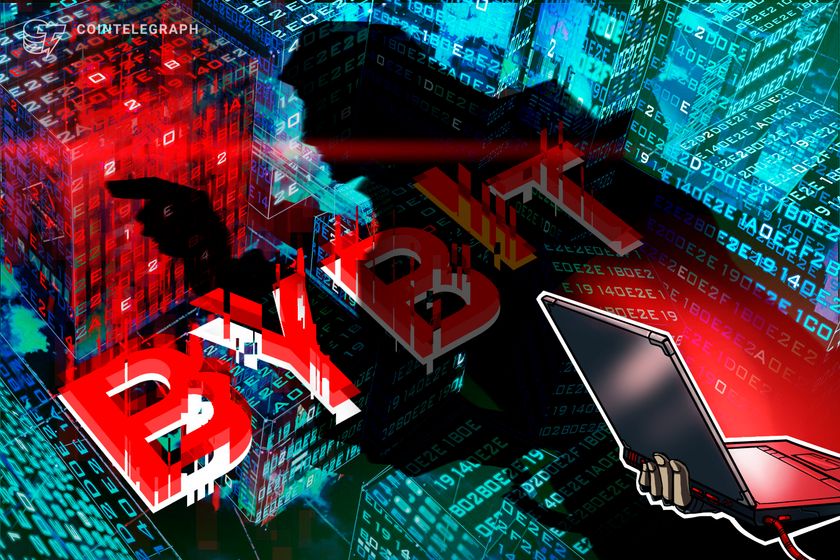
Blockchain Capital and 1kx co-led the Series A round that will back the development of a new computing chip focused on data privacy.
Fabric Cryptography, a Silicon Valley hardware startup, has closed a $33 million Series A funding round co-led by Blockchain Capital and 1kx to build new computing chips focusing on data privacy.
The round also saw the participation of Offchain Labs, Polygon, and Matter Labs. The investment follows a $6 million seed round led by Metaplanet with participation from Inflection and Liquid2 Ventures, among other investors.
According to an Aug. 19 announcement, the startup is developing a new cryptography processing unit called the Verifiable Processing Unit (VPU), a silicon chip that uses a cryptography-specific instruction set architecture. “This means that any cryptographic algorithm can be broken down into its mathematical building blocks that are natively accelerated and supported by the chip,” said the company.









